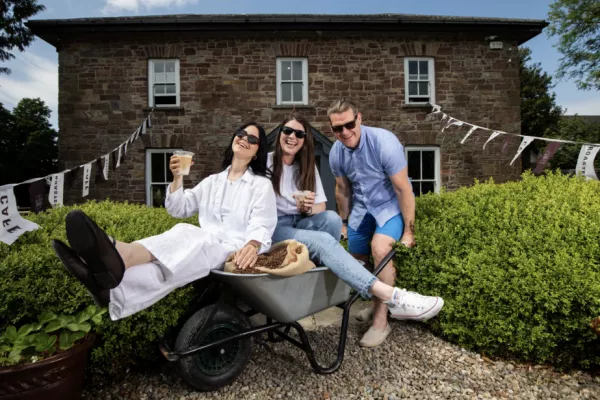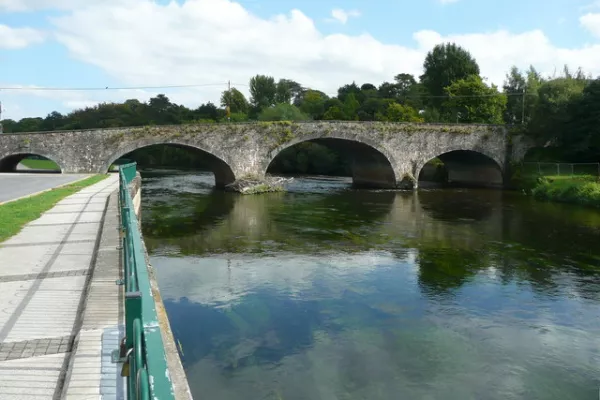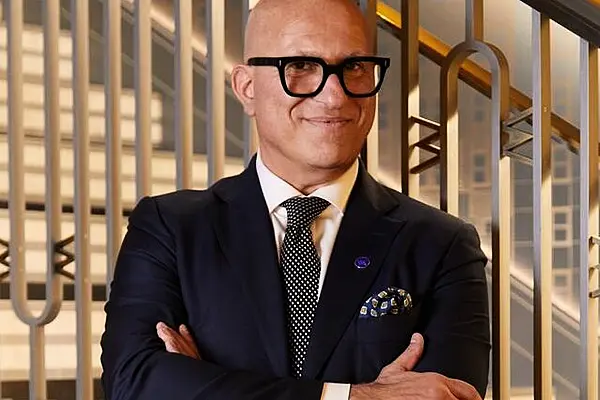If you you want to see the amazing history of Ireland, there is no better place to start than Tipperary. The county has some of the best-preserved castles and historical sites in Ireland.
Tipperary is a beautiful county with unspoilt countryside, rolling hills and diverse landscapes. If it is a good time you are looking for, Tipperary is well known for its horse-racing festivals, local food markets and great pubs.
With all these factors in mind, Hospitality Ireland decided to examine the top ten visitor attractions in Tipperary, based on Fáilte Ireland’s Visitor Attractions Survey 2022.
1. Rock of Cashel
(278,803)
With 278,803 visitors as of 2022, the Rock of Cashel is the most-visited tourist attraction in Tipperary.
The Rock of Cashel was originally the seat of the kings of Munster, and Brian Boru was crowned High King at Cashel in 978 and made it his capital. In 1101, the site was granted to the church and became an important centre of ecclesiastical power in Ireland.
The site includes a round tower, a high cross, a Romanesque chapel, a Gothic cathedral, an abbey, the Hall of the Vicar’s Choral, and the fifteenth-century Tower House.
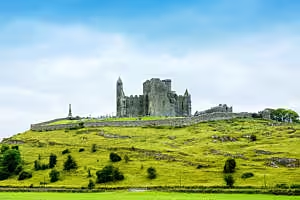
2. Cahir Castle
(70,692)
In second place, Cahir Castle is one of the largest and best-preserved castles in Ireland.
Cahir Castle was built in the thirteenth century on a rocky island on the River Suir, much of the original structure remains.
The castle has featured in many television and film productions, such as Excalibur and The Tudors.

3. Hore Abbey
(59,017)
Hore Abbey is Ireland’s last medieval Cistercian monastery.
The abbey was founded in 1272 in Co. Tipperary, just west of Cashel.
It was the only Cistercian monastery in Ireland where the cloister was positioned to the north of the abbey.

4. Swiss Cottage
(31,353)
Located just outside Cahir, the Swiss Cottage is a cottage orné, an idealised countryside cottage.
The Swiss Cottage was built in the early 1800s by Richard Butler, 1st Earl of Glengall, who used it for picnics, small soirées, and fishing and hunting parties.

5. Nenagh Castle
(18,316)
Nenagh Castle was constructed in the thirteenth century and laid the development of the town.
Theobald FitzWalter, whose successors would become earls and dukes of Ormond, built the castle, and upon its completion (c.1220), it served as the main seat of the Butler family until 1391.

6. Mitchelstown Cave
(11,700)
Mitchelstown Cave is situated in Co. Tipperary, over the border from Mitchelstown, Co. Cork, and located in Ireland’s Ancient East.
It is considered as one of the largest and most complex cave systems in Ireland.
Visitors can follow ancient passageways and visit massive caverns surrounded by dripstone formations, stalactites, stalagmites, and huge calcite pillars.

7. Roscrea Heritage Centre Grounds
(9,712)
The Roscrea Heritage Centre Grounds are located in Roscrea.
Damer House is located on the castle grounds and named after local merchant John Damer, who came into possession of the castle in the eighteenth century. The house was made using pre-Palladian architecture.
The grounds also include a garden with a fountain and a restored mill displaying St Crónán’s high cross and pillar stone.

8. Tipperary County Museum
(5,966)
Tipperary Museum of Hidden History has one of the largest museum collections in Ireland.
Completely re-imagined and redesigned in 2019, the museum contains archaeological items of local significance and borrows items of national and international importance.
Tipperary Museum of Hidden History regularly hosts (temporary) exhibitions, lecture series, workshops, extensive outreach and community programmes.
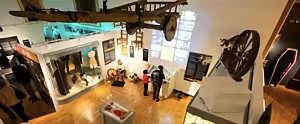
9. Ormond Castle
(4,791)
Built in the 1560s by Thomas Butler, the 10th Earl of Ormond, Ormond Castle is a fine example of an Elizabethan manor house in Ireland.
It boasts a typical manor house layout which includes a long gallery. The Tudor house displays decorative plasterwork which provides some of the finest early examples of the craft in Ireland, including plasterwork portraits in the state rooms.

10. Main Guard
(2,801)
In the seventeenth century, Duke of Ormond James Butler ruled Co. Tipperary as a palatinate.
When the duke decided that he needed a new courthouse, he built one in Clonmel. Later, when it was used as a barracks, it became known as the Main Guard.
In about 1810, the ground floor was converted into shops, but the building has recently undergone an award-winning restoration. The open arcade of sandstone columns has returned, while inside, visitors will find an exhibition and event space.


